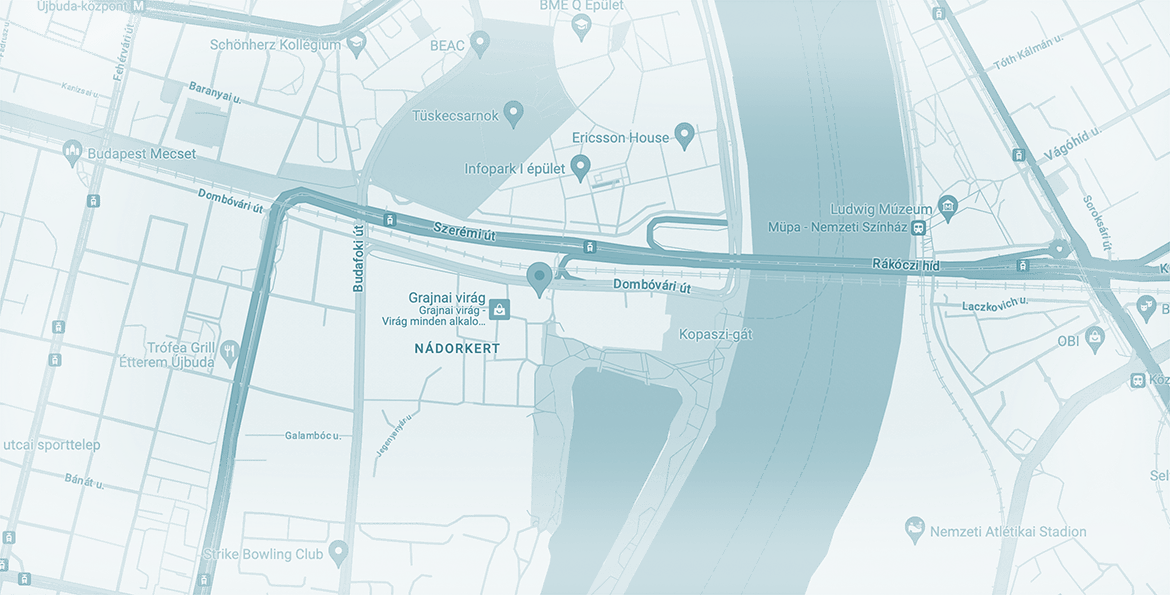
KATA and flat-rate taxation in Hungary in 2022
In Hungary, many favorable taxation options are available to small companies and entrepreneurs, depending on the size and type of their business. KATA and flat-rate taxation are both structures that were created to reduce administration – and both will change starting from 2022.
In Hungary, many favorable taxation options are available to small companies and entrepreneurs, depending on the size and type of their business. KATA and flat-rate taxation are both structures that were created to reduce administration – and both will change starting from 2022.
Last updated on 21 December 2021.
KATA
KATA is short for Itemized Tax Liability of Small Taxpayers. In this structure, instead of paying taxes separately, you can make a monthly payment of HUF 25,000 / 50,000 / 75,000 (depending on the exact structure you choose), and it will cover most taxes and contributions. These contributions include the social contribution tax, which will be reduced to 13% starting from 1 January 2022.
If you have income (and pay taxes) only from KATA, your contribution to the social security system is not obvious, so a “calculation base” is determined by law that makes you eligible for certain social services (e.g. pension, child benefits, sickness benefit). Over past years, whenever the social contribution tax was reduced, the calculation base was increased for those paying the monthly KATA. However, this time the duly raised calculation base remains below the new minimum wage, even for those paying the highest amount of KATA, which will affect how much pension and sickness benefits (or other benefits tied to the calculation base) you may receive. With this move, KATA may become less attractive for many.
Flat-rate taxation
Normally, you pay taxes either after your revenues or your profits (which are your revenues minus your costs). With flat-rate taxation, you still pay taxes after your profits, but your profits are calculated NOT as the difference of the sum of your incoming and outgoing invoices. Instead, simply a certain proportion of your revenues is considered your expenses (this can be 40%, 80%, or 90%, depending on your activity). The remaining part will be considered your profits, and you pay 46.5% of your profits in taxes, namely:
- 15% personal income tax
- 18.5% social security contribution
- 13% social contribution tax
While the 46.5% might seem high,
- this is still more favorable that what an employer would pay from their overall payroll cost;
- this is to be paid after your profits, which is your revenue reduced by your assigned “proportion of expenses”, as indicated above;
- in fact, your tax base can be reduced by further items, making this structure even more attractive.
Mind you, if your final calculated profit will be below the minimum wage, you still have to pay taxes after the minimum wage (unless you are employed elsewhere).
Is KATA or flat-rate taxation more favorable?
Whether KATA or flat-rate taxation is more favorable for you specifically will depend on a number of factors, the most important of which is whether you have a full-time employment beside your own business. If you do not, flat-rate taxation might become more favorable starting from 2022, because you will not have a problem with a calculated base below the minimum wage – since you must pay taxes at least after minimum wage.
Find the option that suits you best
Hungary offers various attractive tax regimes for businesses. There is no one sole best option; what is best for you will depend on your individual circumstances. If you keep an eye out for changes in regulation and you are in regular contact with you accountant, they can always help you calculate which structure will suit you and your activities better.
This is exactly what Helpers Finance does best. Precise bookkeeping helps you make informed decisions, develop or adjust your business strategy, and plan your operation – including choosing the tax regime that suits your company best.
Got you interested? contact us in email, through our form, or call our office on +36 (1) 215–0712. If you liked this article, follow us on Facebook and never miss an update about news relevant for your Hungarian business.
Contact
Get in touch today
Monday - Friday
9am - 5pm CET
Helpers Finance Kft.
Budapart Gate
Dombóvári út 27
Budapest 1117, Hungary
If you’re visiting us, please use entrance A and come to the 2nd floor.



